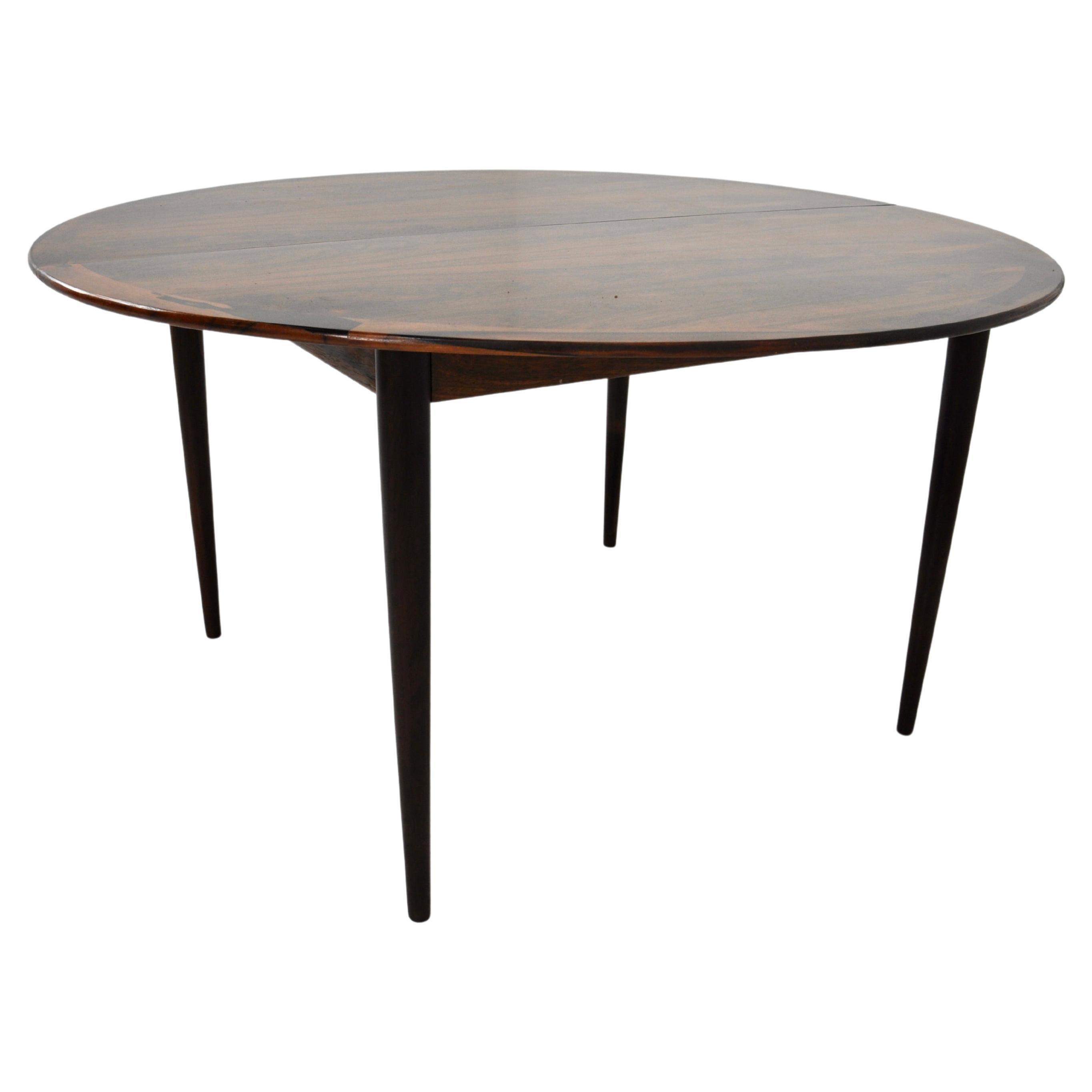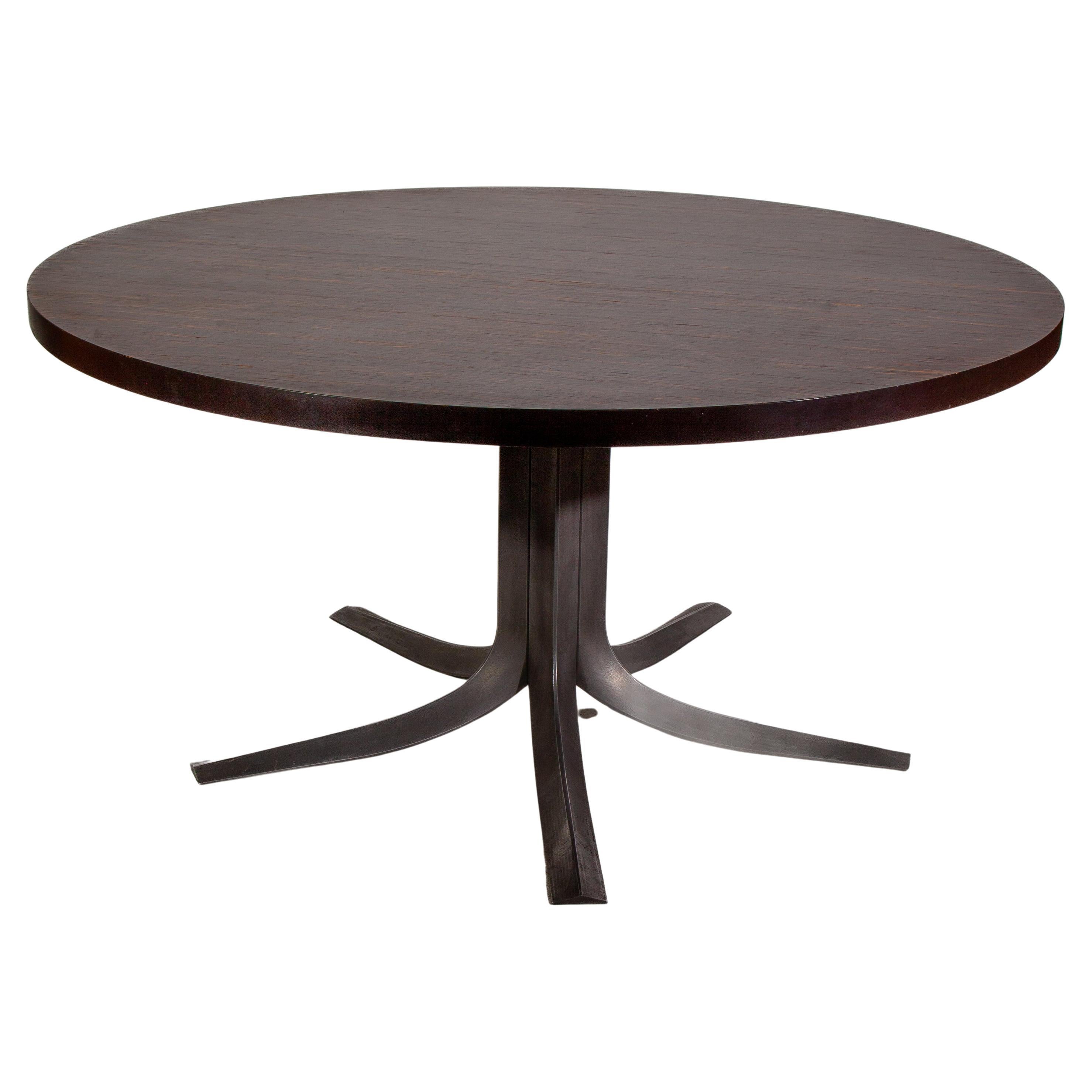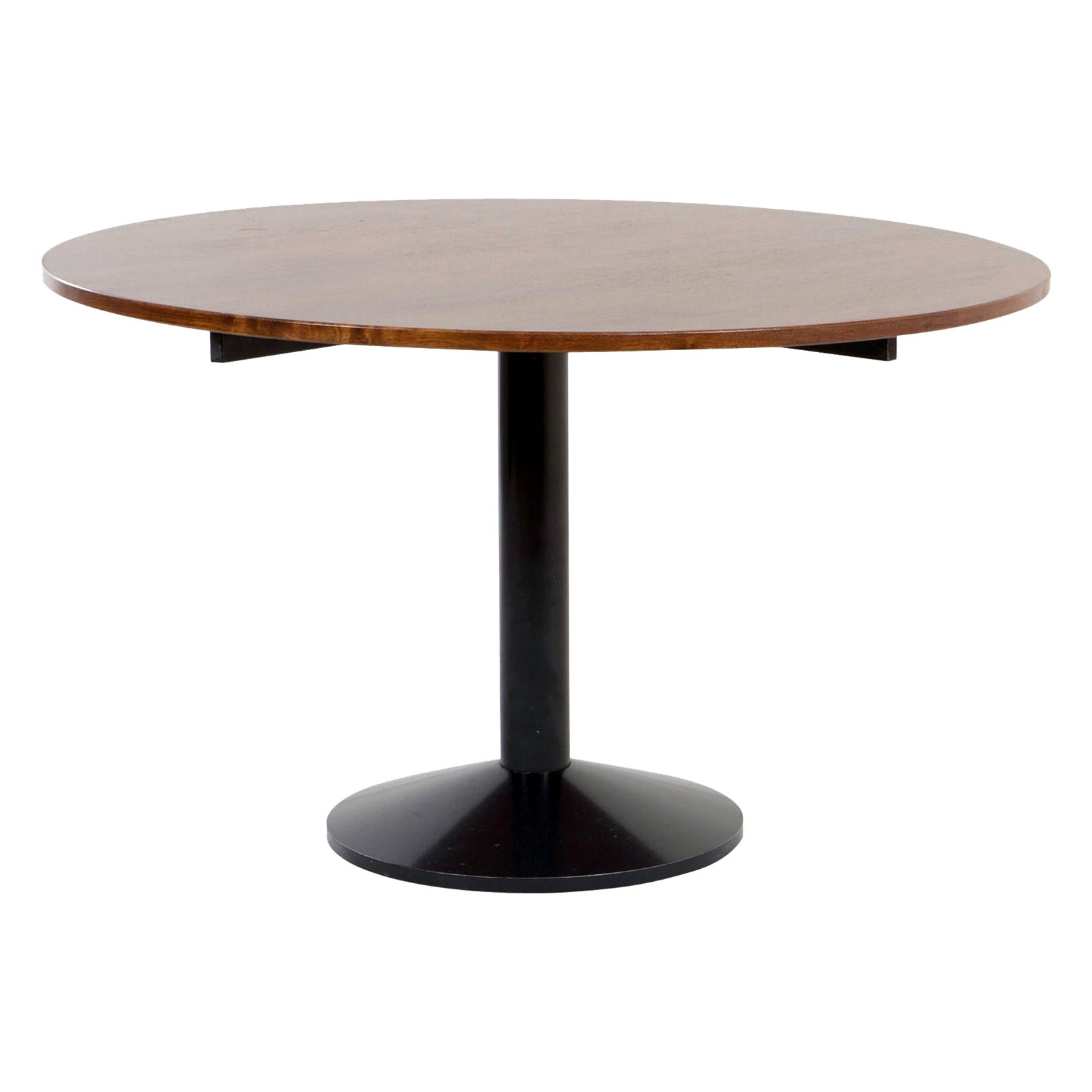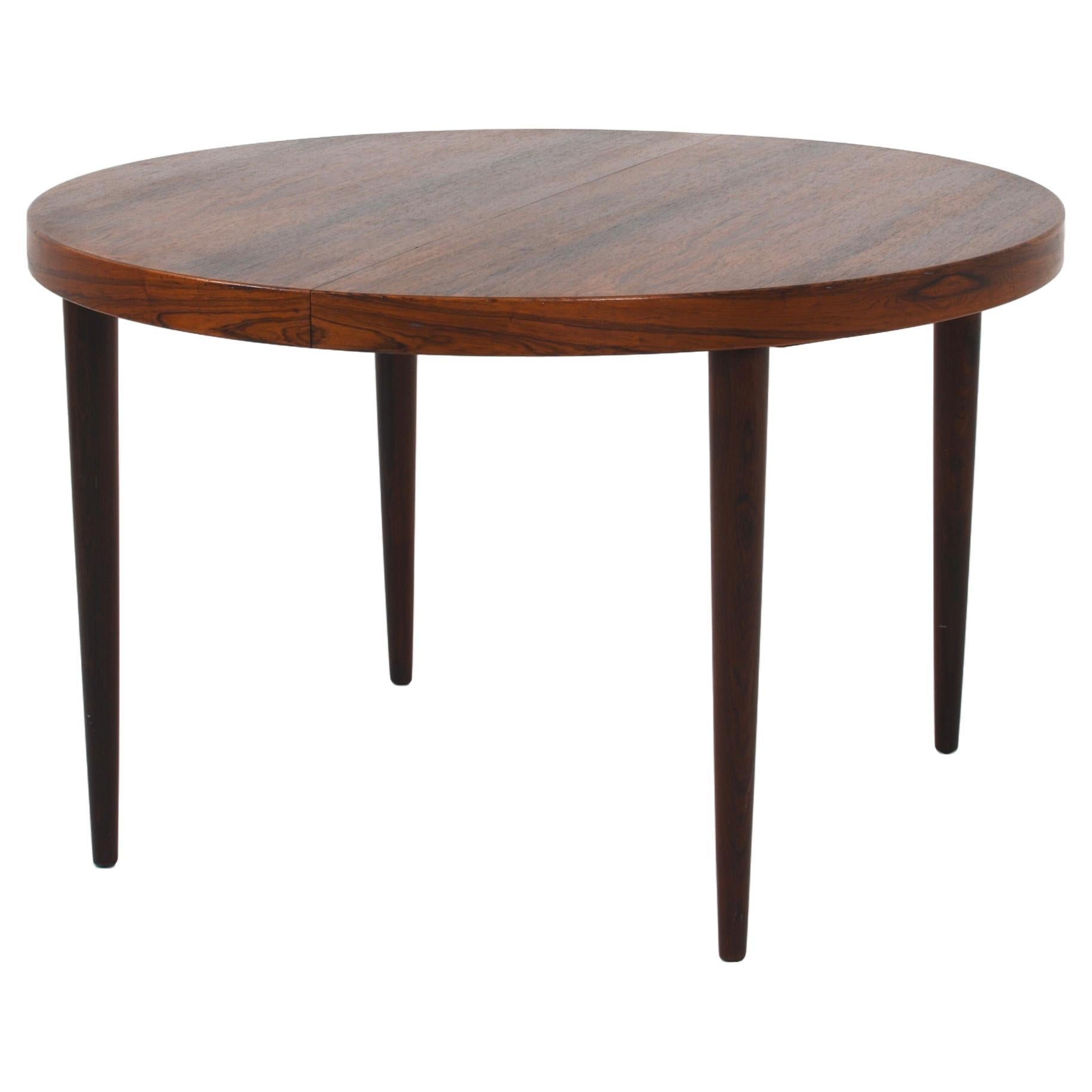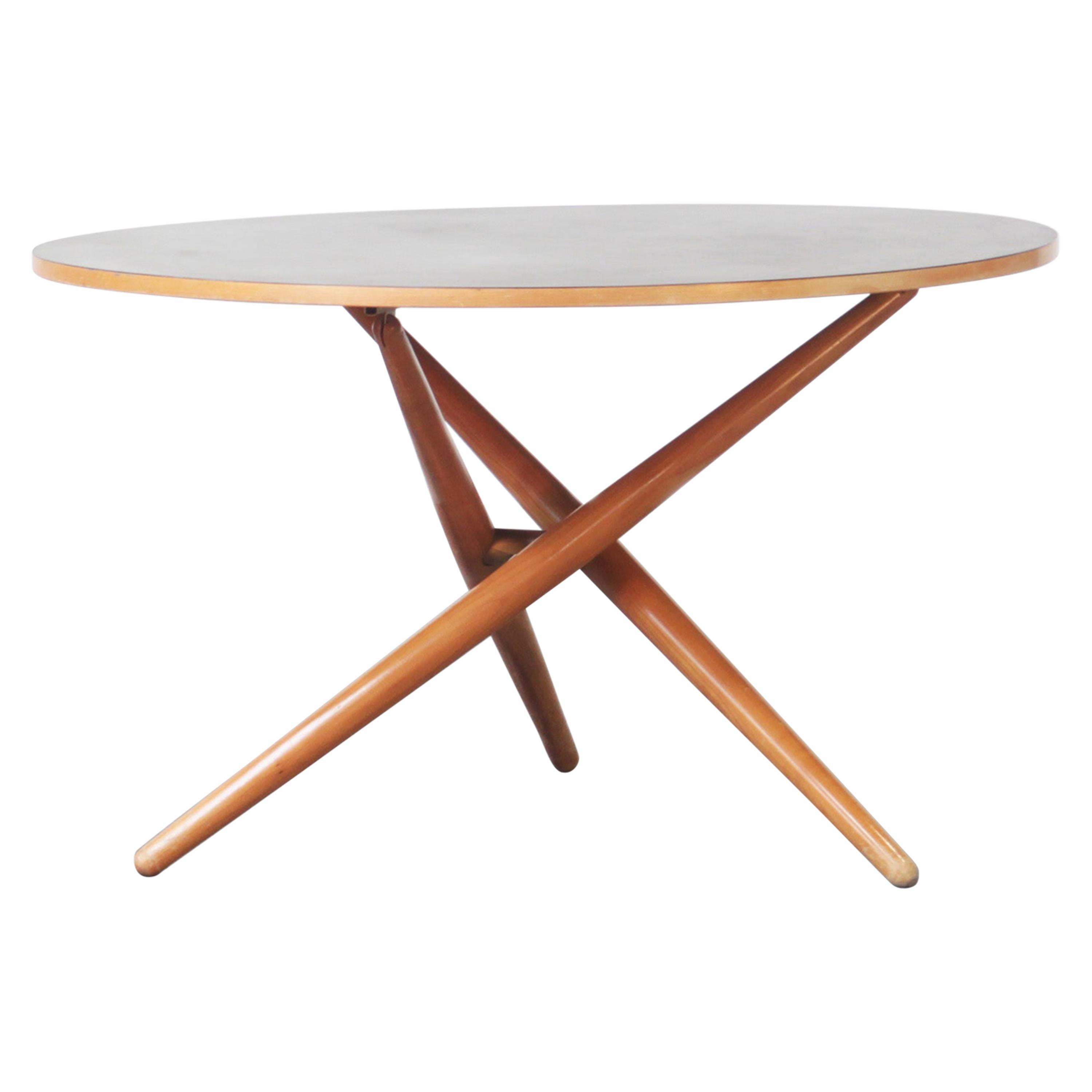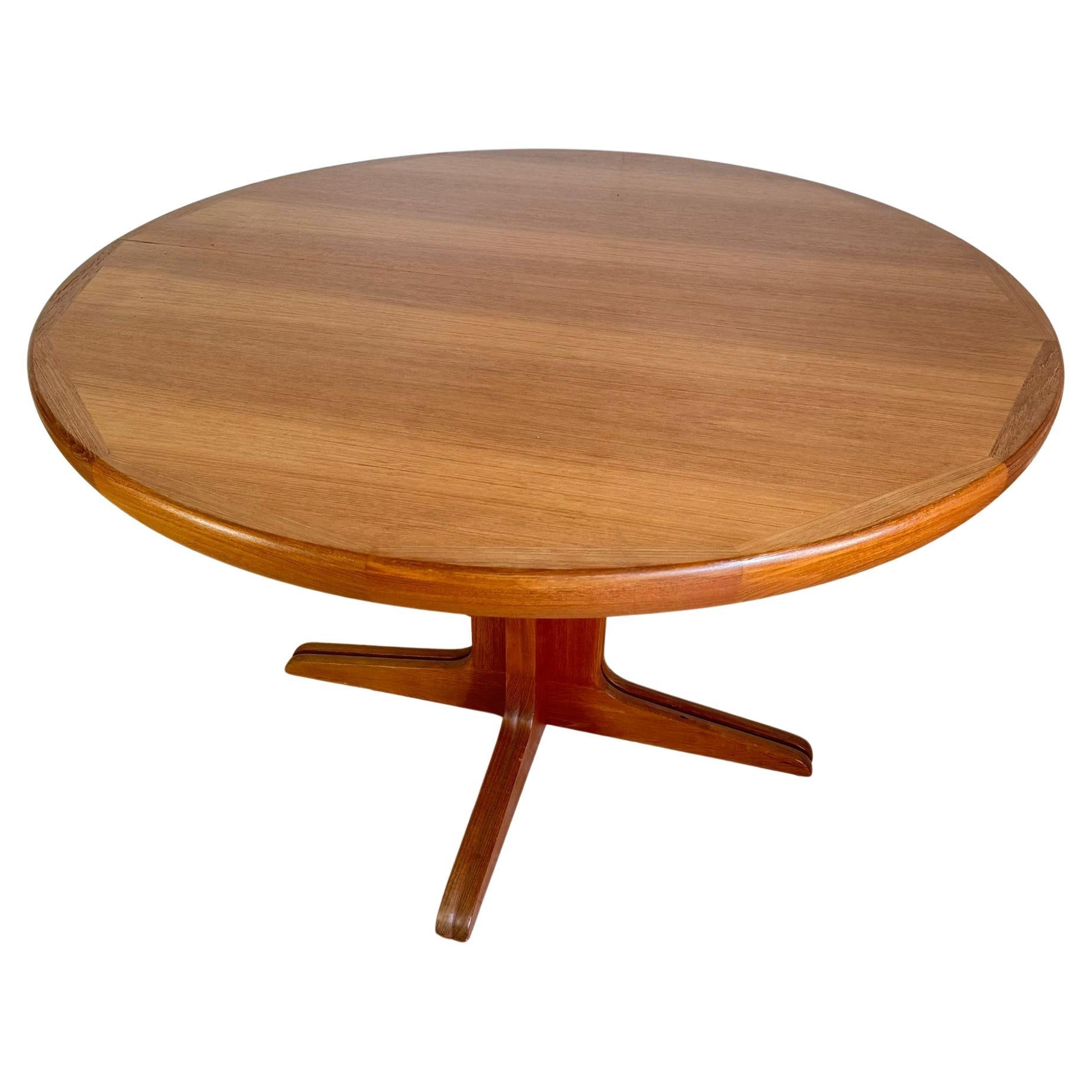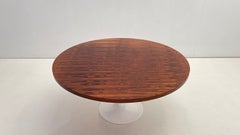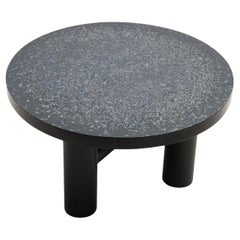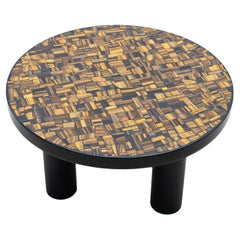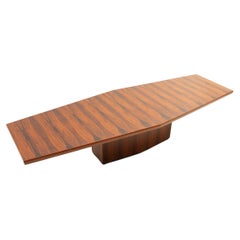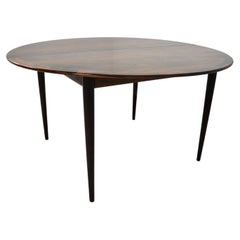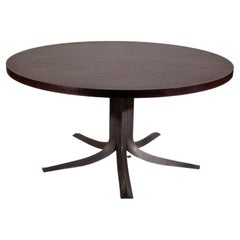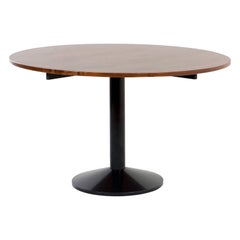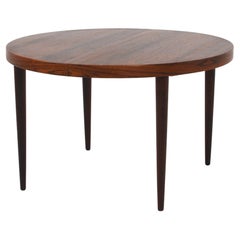Martin Visser - Round Wengé Table
About the Item
- Creator:Martin Visser (Designer),'t Spectrum (Retailer)
- Design:
- Dimensions:Height: 27.96 in (71 cm)Diameter: 59.06 in (150 cm)
- Style:Mid-Century Modern (Of the Period)
- Materials and Techniques:
- Place of Origin:
- Period:
- Date of Manufacture:Circa 1960
- Condition:Refinished. Wear consistent with age and use.
- Seller Location:Brussels, BE
- Reference Number:1stDibs: LU9136244402552
Martin Visser
Martin Visser was a Dutch furniture-designer and art-collector. Visser started designing at a young age, but most of all he was an art collector. His collection contains works of a cobra, Anselm Kiefer and Keith Haring. His focus was on young and promising artists. The Kröller-Müller museum accommodates over 400 works of Vissers art-collection. Vissers's career as a designer started at department store De Bijenkorf. From 1955, he became head of production and design of ’t Spectrum. For this company, Visser designed numerous items, including the table.
't Spectrum
Dutch furniture company ‘t Spectrum — later Spectrum — was established in 1941 with a run of pieces that were spare and outwardly industrial in appearance. Its early armchairs and dining chairs were often framed in tubular metal, and boast clearly defined lines and minimal curves. The vintage ‘t Spectrum seating in the decades that followed, which was designed by the likes of Gerrit Rietveld and Wim van Gelderen, is characterized by the angular forms and Pop art-hued colors that we associate with the best of mid-century modernism.
‘t Spectrum emerged in 1941 as an offshoot of the Dutch fabric manufacturer De Ploeg. When a shortage of textiles and other materials took shape owing to the demands of the Second World War, De Ploeg director Piet Blijenburg changed gears, and sought to broaden the manufacturer’s offerings as well as prevent the company's employees from being forced into work for occupying military forces.
‘t Spectrum was a brand devoted to furniture and interiors — as well as goods and decor for the home such as coat racks, napkin rings and beds. Legendary modernist furniture designer Gerrit Rietveld — an integral part of the Dutch art and design movement of the early 20th century called De Stijl — was brought on in a supervisory role in its early days, and designer Martin Visser was installed to oversee the production of furniture.
The end of the war brought a greater availability of metals and other materials to ‘t Spectrum, which became more focused on creating affordable furniture for the era’s new homeowners. A new factory designed by Rietveld was built in Bergeijk in 1957. During the late 1960s, ‘t Spectrum offered a richer range of furnishings, incorporating alluring hardwoods and leathers as part of sophisticated lines of seating and other pieces designed in the mid-century modern style. Visser recruited the likes of Friso Kramer, Benno Premsela, Constant Nieuwenhuys and others to design for ‘t Spectrum over the years.
With competition for cheaper furniture on the rise in the 1970s, ‘t Spectrum liquidated in 1974. A group of employees acquired the designs and continued the company under the name of Arspect. The firm produced ‘t Spectrum designs and works from other designers.
Arspect closed its doors in 1986. A former employee bought the company and renewed it with the name Spectrum. Today, Spectrum operates in Eindhoven in the Netherlands, creating contemporary designs alongside pieces dating back to the look and feel of the products offered by the original manufacturer. The company is also reproducing original designs created by Visser and Rietveld.
On 1stDibs, browse a selection of vintage ‘t Spectrum seating, tables, storage pieces and more.
- ShippingRetrieving quote...Shipping from: Etterbeek, Belgium
- Return Policy
More From This Seller
View AllLate 20th Century American Mid-Century Modern Tables
Aluminum
Vintage 1970s Belgian Mid-Century Modern Side Tables
Steel
Vintage 1970s Belgian Mid-Century Modern Side Tables
Steel
Vintage 1960s Belgian Mid-Century Modern Conference Tables
Wood
Vintage 1960s German Scandinavian Modern Coffee and Cocktail Tables
Oak, Plywood
Vintage 1960s Italian Mid-Century Modern Dining Room Tables
Carrara Marble, Chrome
You May Also Like
Vintage 1960s Danish Scandinavian Modern Dining Room Tables
Wood
Vintage 1960s Belgian Mid-Century Modern Tables
Bronze
Vintage 1950s Italian Mid-Century Modern Tables
Metal
Vintage 1960s Danish Mid-Century Modern Dining Room Tables
Rosewood
20th Century Swiss Dining Room Tables
Cherry
Vintage 1960s Danish Mid-Century Modern Dining Room Tables
Teak
